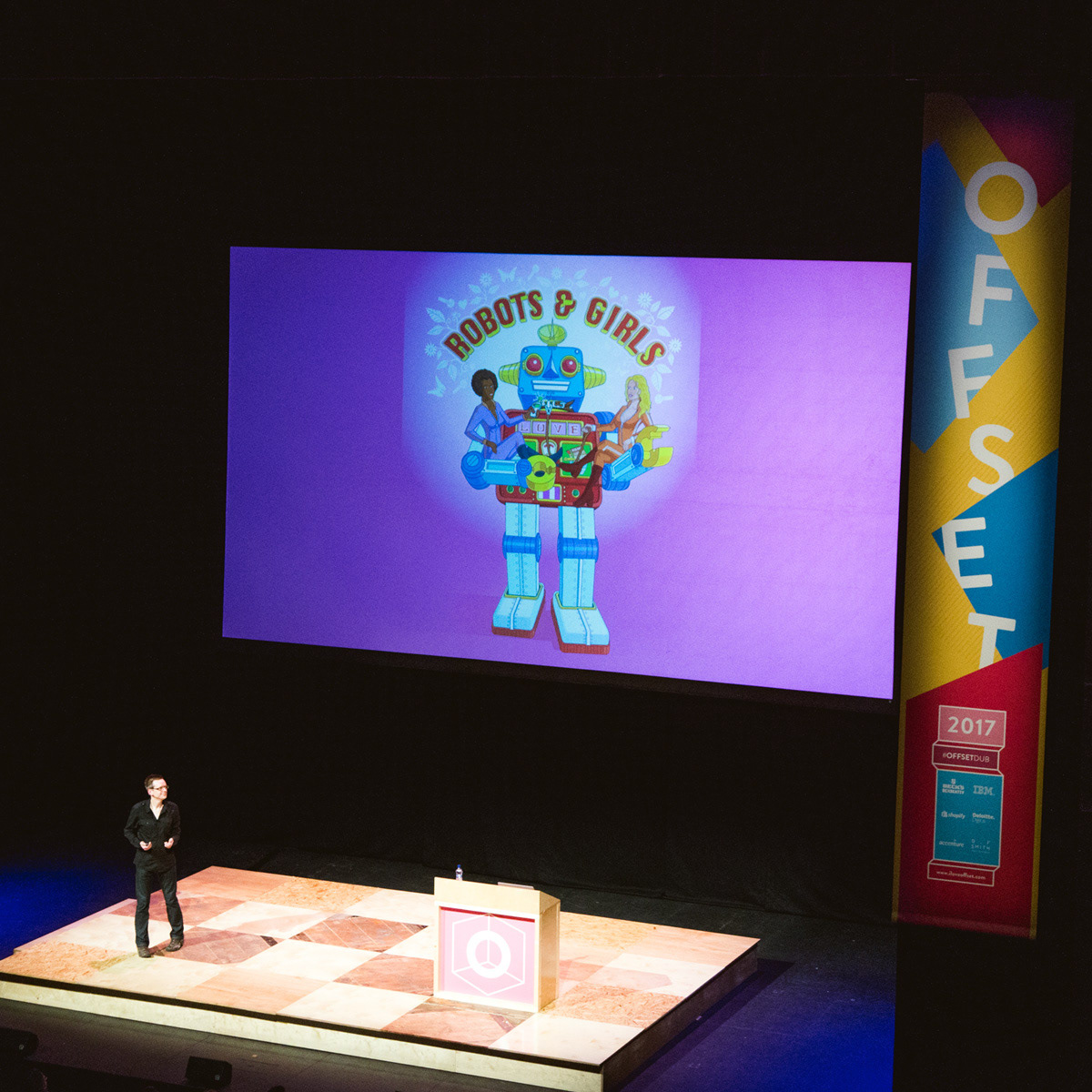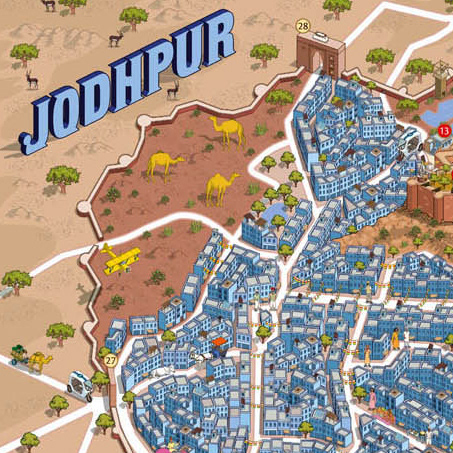Rod Hunt is an award winning London based illustrator and map artist specialising in detailed character filled illustrations and isometric maps. Rod talks about his working process from initial briefing to rough drawing onto the creation of the final artwork.
A new project lands on your desk…take us through your initial process?
My illustrations are often very detailed with layers of humour and interest creating complex worlds populated with little characters, scenes and easter eggs. For me it’s very important for me to entertain the viewer as well as inform giving them something else to see on repeat viewings. Storytelling is an important part of the process.
At the beginning of a commission I want to fully understand the brief and the aims of the client. The client will send me a written brief outlining the key elements needed in the illustration, page/screen dimensions and any visual reference or mood boards specific to their aims.
Everything starts in an A5 sketchbook with very rough and throwaway compositions to work out the overall page layout and where text will be placed. At this stage I purposely draw with a biro so that I can’t erase anything, keeping away from detail to keep the ideas flowing.
It’s important to give myself enough thinking and doodling time at the beginning of a project before producing a detailed rough drawing. Illustrating a great piece is more than just me adding more detail, the brief need to be distilled down to what’s important, giving it structure and flow throughout the composition to lead the eye on a journey. The piece has to work as a whole and not look like the sum of its parts or be disjointed. It’s important not to be seduced into the detail too soon and lose sight of the overall goal. The rough stage is where the real hard work is done and is the foundation of a great piece of work.
Initial thumbnail sketches for Mrbeast Feastables island map illustration
After I’m happy with the very rough compositions and idea, I move onto creating a detailed fully finished pencil rough, drawing with a 2B pencil on heavyweight cartridge paper usually at A3. It’s at this point I work out the level of detail in the piece. With some of my detailed pieces the old adage “less is more” might not initially seem to apply to my work, but it’s far from chucking loads of stuff in and hoping it holds together. If I keep adding more stuff, it doesn’t automatically make it a better piece. In lots of ways it’s like having 20 illustrations in one, each small part telling a story in itself, which then forms a larger story. I sometimes get asked if I use an isometric grid to draw isometric perspective. I draw everything freehand without the use of a grid, drawing initial perspective lines with a ruler. I prefer to have a bit on wonkiness in my drawings as for me it makes things less regimented and feel more hand drawn. When this pencil drawing is complete I send a scan to the client for approval. Occasionally there will be minor adjustments to the rough at this stage.
Full rough drawing for MrBeast Feastables Island map illustration
Once the rough is approved by the client it is then used as a guide in a background layer in Adobe Illustrator to produce the final artwork. I draw using a 32" Wacom Cintiq screen tablet to help with the work flow and speed things up. I've used a Wacom Cintiq for about 16 years. It was a pretty wise investment upgrading from a normal tablet as drawing directly onto the screen made things much more natural and intuitive. I tend to use Adobe Illustrator as a straight drawing tool and use effects sparingly, aiming to keep the hands on feel with my work, despite producing the final artwork on the computer. At the end of the day the computer should just be seen another way of making a mark on a page. Everything is broken down into many layers so I can keep track of all the detail and make things easily editable for myself.
Once the main elements of the illustration are blocked in I turn off the rough drawing layer. I closely follow my roughs, so the client has a pretty good idea of how the final illustration will look in advance.
Final artwork for MrBeast Feastables Island map created in Adobe Illustrator using a 32" Wacom Cintiq screen tablet .
My four book covers for Guinness World Records (2021-2024) were particularly complex projects with multiple individual characters and items for the many World Records included. The idea was to create a search and find 'World of Records' with Where's Waldo/Wally? style illustrations. All four covers eventually joined together to create one huge world! This took a bit of pre-planning considering they were created over a four year period. There was so much detail I actually drew the roughs larger than normal at A2. Here's a short film about the creation of the 2021 cover.
Below is a time-lapse showing the creation of one of the spreads from my Top Gear Where's Stig? Motorsport Madness Search and Find book with BBC Books. You'll see the building up of layers for the various parts in the illustration starting with the background and main structural elements then later in the process on to the smaller details and characters.
View Illustration Portfolios: Illustration - Map Illustration - Search and Find Illustration - Where's Waldo / Wally Style Illustration - Book Illustration
Infographic Illustration - Animation - Isometric Illustration - Isometric Art - Cutaway and Cross Section Illustration - Advertising Illustration
Murals and Site-specific - Wimmelbilderbuch Car and Automotive Illustration - City Illustration - 3D Map Illustration




